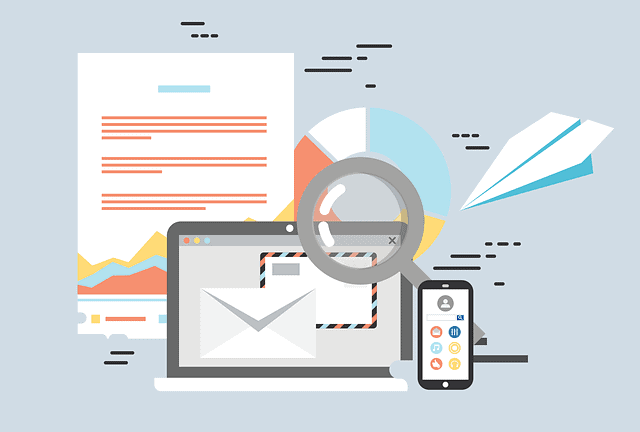Phishing emails are a dime a dozen these days. It seems like every day there’s a new email in your inbox from some “ Nigerian prince” or other scammer trying to get your personal information. So, what do you do with these phishing emails? How can you stop them from clogging up your inbox and putting you at risk? The best thing to do with a phishing email is to report it. But where do you report it? And what will happen to the email once you do? In this blog post, we will answer these questions and more. We will explain how to report a phishing email and what happens when you do. We will also provide some resources for avoiding phishing emails in the future.
How to know if an email is a phishing email?
If you’re unsure whether an email is a phishing email or not, there are a few things you can look for:
- The sender’s address doesn’t match the address of the company or organization they’re claiming to be from
- The message contains typos or grammatical errors
- You’re being asked for personal information like your bank account number or social security number
- The email is threatening or urgent in tone
If you see any of these red flags, the best thing to do is not respond to the email and report it to the company or organization that it purports to be from. You can also report phishing emails to the FTC at ftc.gov/complaint.
What to do with phishing emails?
If you receive a phishing email, there are a few things you can do to protect yourself and report the incident.
First, do not click on any links in the email or open any attachments. This could infect your computer with malware or give the sender access to your personal information.
Next, forward the email to the Anti-Phishing Working Group at reportphishing@apwg.org. This organization works to track and stop phishing scams.
You can also report the phishing email to the company or website that is being impersonated in the email. For example, if you receive an email that appears to be from your bank, you can forward it to their customer service department for further investigation.
Finally, delete the email from your inbox and empty your trash folder so that the scammer cannot access any of your personal information.
How to report phishing emails?
If you receive a phishing email, report it to the company, organization, or government agency that is impersonated in the email. You can also report the phishing attack to the anti-phishing community. In addition, forward the phishing email to the Federal Trade Commission at spam@uce.gov.
When reporting a phishing email, be sure to include:
- The full headers of the email
- The body of the email
- The date and time you received the email
- The sender’s email address
- The URL of any websites that were included in the email
- Any attachments that were included with the email
Who to report phishing emails ?
When you receive a phishing email, you should report it to the company, organization, or government agency that is impersonated in the email. You should also report the phishing email to your email provider.
If you are not sure who to report the phishing email to, you can use a free online service like PhishTank (www.phishtank.com). PhishTank is a community where people submit phishing emails that they have received. Other users then verify whether or not the reported emails are actually phishing emails.
In addition to reporting phishing emails, you should also take steps to protect yourself from future attacks. You should never click on links in emails that you suspect are phishing emails. You should also enable two-factor authentication for your email account and other online accounts whenever possible.
What happens when you report a phishing email?
When you report a phishing email, the sender’s account is typically suspended and the message is removed. The sender may also be blacklisted, which means that their messages will automatically be sent to spam folders in the future. In some cases, law enforcement may also be notified.
Conclusion
If you think you may have received a phishing email, there are a few steps you can take to report it. You can forward the email to the Federal Trade Commission at spam@uce.gov, or you can report it to the Anti-Phishing Working Group at reportphishing@apwg.org. If you think you may have been a victim of phishing, you should also contact your bank or credit card company and let them know what happened. By taking these steps, you can help protect yourself and others from becoming victims of identity theft and other scams.










FIND US ON SOCIALS